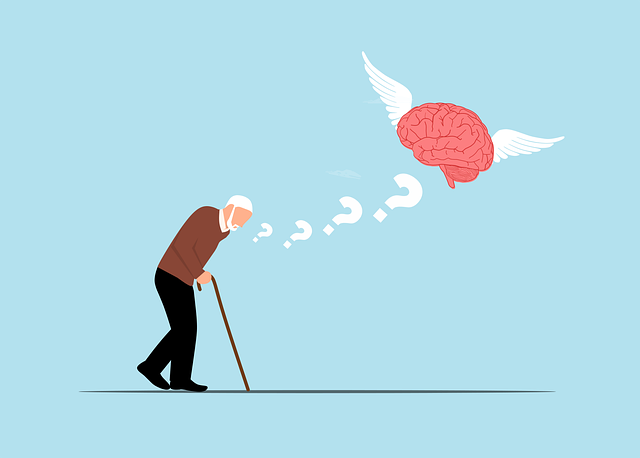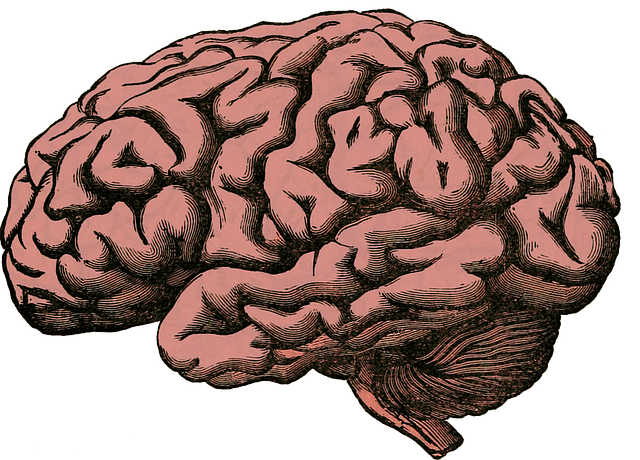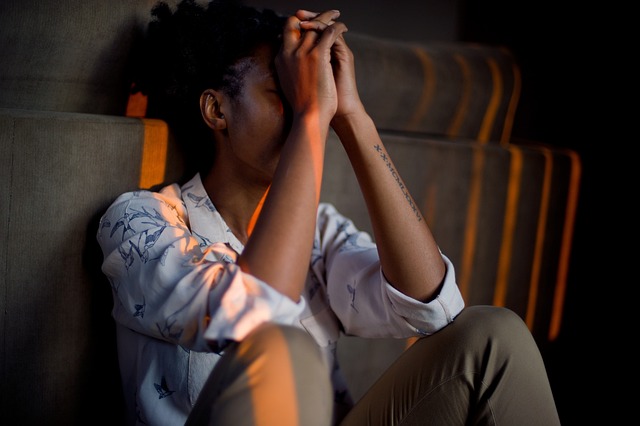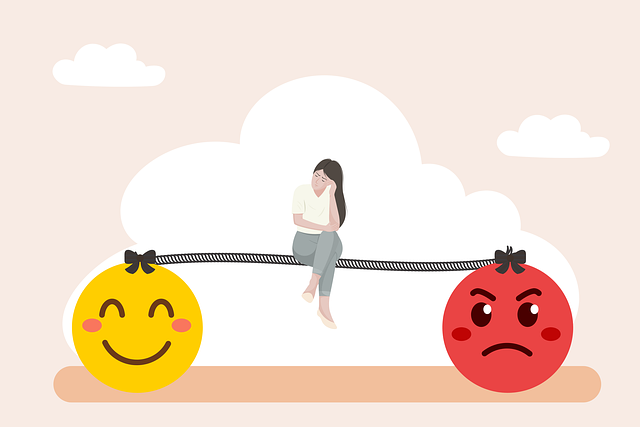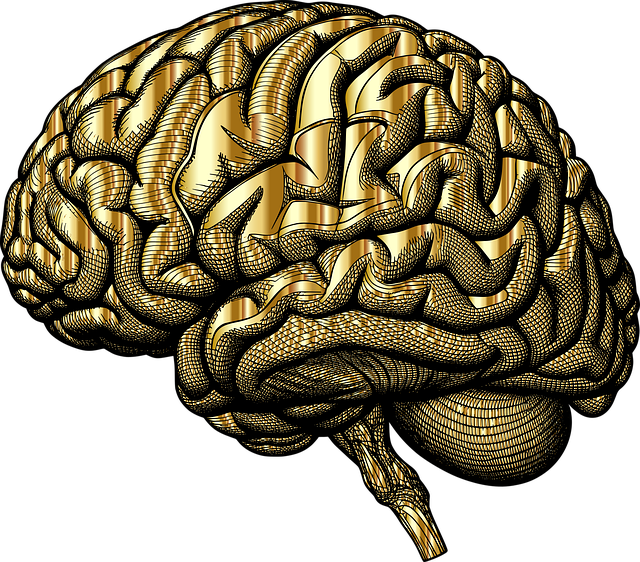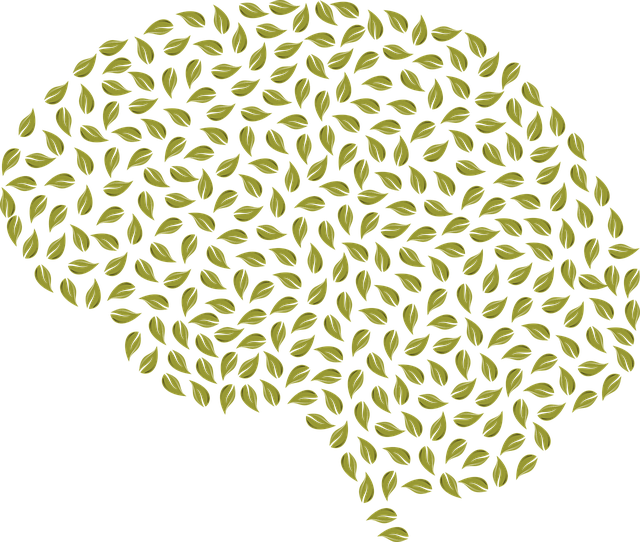Mindfulness meditation, gaining popularity as therapy for young children, trains minds to stay present, reduces stress, and enhances awareness by engaging kids' senses and helping them understand thoughts and emotions without judgment. Combined with Exposure and Response Prevention (ERP) techniques for anxiety disorders, mindfulness serves as a powerful crisis intervention tool. Regular sessions reduce mental illness stigma by promoting empathy and understanding, aiming for a more compassionate society. ERP, integral to CBT, helps children face fears gradually without avoidance behaviors, with optimal results achieved through creative adaptations, cultural competency training, and healthcare provider burnout prevention. Integrating mindfulness into daily routines fosters sensory awareness and relaxation, aiding stress and anxiety management, even for conditions like ERP.
Mindfulness meditation is a powerful tool for cultivating present-moment awareness and emotional regulation, especially beneficial for young minds. This article guides parents and caregivers through practical strategies to introduce mindfulness to children. We explore ‘Understanding Mindfulness Meditation for Children’ and delve into the therapeutic technique of Exposure and Response Prevention. Additionally, we offer actionable tips on how to seamlessly integrate mindfulness practices into daily routines, promoting mental well-being in kids while providing effective tools for therapy.
- Understanding Mindfulness Meditation for Children
- The Role of Exposure and Response Prevention in Therapy
- Practical Tips for Integrating Mindfulness Practice into Daily Routines
Understanding Mindfulness Meditation for Children

Mindfulness meditation is an ancient practice that has gained popularity as a powerful tool for promoting mental well-being in children. Often used as a therapy for young ones, it involves training the mind to focus on the present moment, thereby enhancing awareness and reducing stress. Unlike traditional meditation, which can be abstract for kids, mindfulness encourages active participation by engaging their senses and helping them develop a deeper understanding of their thoughts and emotions.
In the context of exposure and response prevention (ERP), a therapeutic technique for managing anxiety disorders, mindfulness meditation serves as an effective crisis intervention guidance. By teaching children to observe their feelings without judgment, this practice fosters mental health awareness and helps break the cycle of anxious responses. Moreover, regular meditation sessions contribute to Mental Illness Stigma Reduction Efforts by promoting empathy and understanding among young minds, ultimately fostering a more compassionate society.
The Role of Exposure and Response Prevention in Therapy

In therapy, particularly for young children, Exposure and Response Prevention (ERP) is a powerful technique that forms an integral part of evidence-based treatments, such as Cognitive Behavioral Therapy (CBT). ERP involves gradually exposing individuals to situations or stimuli that provoke anxiety or fear while preventing them from engaging in habitual coping behaviors or responses. This process helps individuals face their fears without resorting to avoidance strategies, which can ultimately lead to reduced anxiety over time.
For young children, this therapy approach often requires creative adaptations and a strong cultural competency training for healthcare providers to ensure its effectiveness. By incorporating burnout prevention strategies for healthcare providers, therapists can maintain a supportive environment, making the process less daunting for young clients. Public awareness campaigns about the benefits of ERP can also foster understanding and encourage children and their families to embrace this therapeutic approach.
Practical Tips for Integrating Mindfulness Practice into Daily Routines

Integrating mindfulness into daily routines can be a transformative practice for individuals seeking mental well-being, including young children and those dealing with trauma. Start by dedicating just 10 minutes per day to quiet reflection—a simple breathing exercise or guided meditation designed to calm minds and bodies. Consistency is key; consider setting a morning or evening ritual, such as lighting a candle or playing soothing music, to signal that it’s time for mindfulness.
For parents looking to cultivate mindfulness in their young children, incorporate activities like mindful walking, where you encourage them to focus on sensory experiences during outdoor walks, or engage in family yoga sessions to promote body awareness and relaxation. Remember, the goal is not perfection but progress. Through regular practice, these moments of mindfulness can become an integral part of your daily routine, offering a powerful tool for managing stress, anxiety, and even symptoms associated with conditions like Exposure and Response Prevention therapy. This simple yet profound shift can contribute to enhanced emotional resilience and overall mental health, potentially preventing burnout among healthcare providers and trauma support services professionals who care for these individuals.
Mindfulness meditation offers a powerful tool for nurturing emotional well-being in young minds. By integrating practices like exposure and response prevention, children can learn to navigate their emotions effectively. With consistent practice, mindfulness becomes an accessible and transformative routine, empowering kids to manage stress and anxiety in daily life. This holistic approach, combined with practical tips for everyday implementation, can significantly benefit therapy for young children, fostering resilience and a deeper sense of calm.
